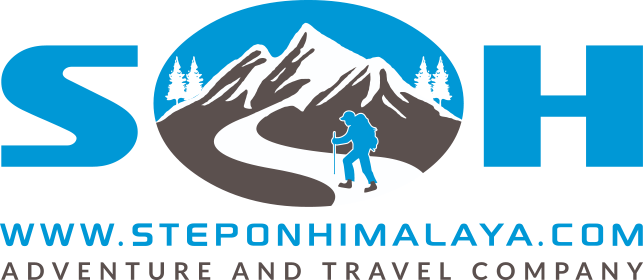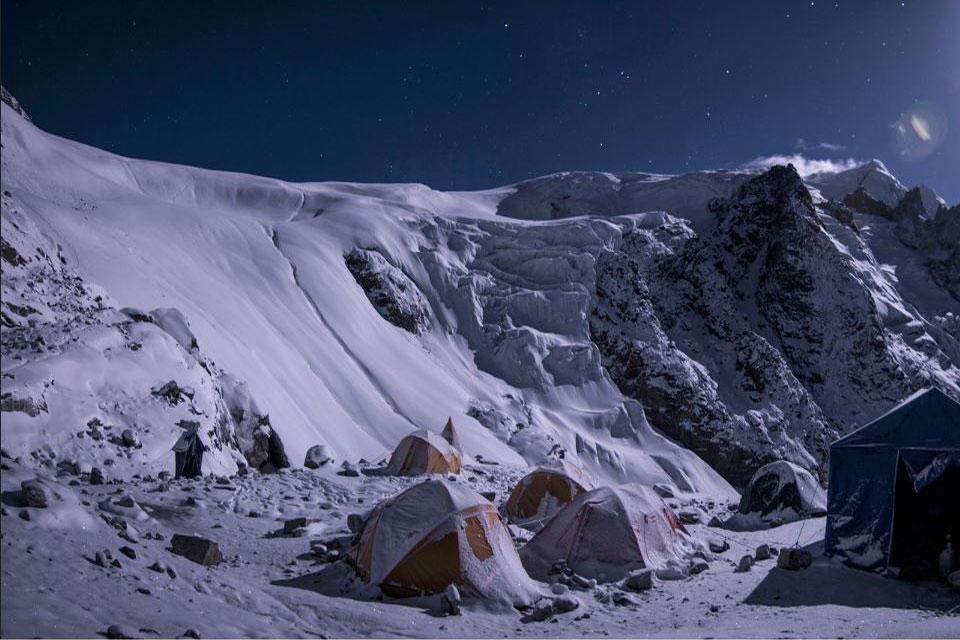Mera Peak Climbing
Trip Overview
Trip at a Glance
Mera Peak Climbing
Climbing the highest peaks of Nepal is always a challenging adventure. Want to be a part of the beguiling climbing experience? Step on Himalaya presents you with the affordable and properly designed itinerary of Mera Peak Trek and Climb. It is officially registered as the highest trekking peak in Nepal offering the astounding views of the peaks with an altitude of over 6000 meters above the sea level. Mera Peak is a less trodden climbing route as the path is a bit difficult in comparison to other climbing routes. With an altitude of 6461 meters and 21190 feet, the climbing to Mera Peak is rated as PD (Peu Difficile) meaning a little technically difficult trail and walk on the glaciers. This grading is done according to the Swiss/French Alpine system. It is perfectly isolated and rich in the enthralling wilderness in the remote Hinku Valley i.e. in the southeastern part of the Khumbu region.
Starting the climbing from the Mera Peak High Camp at the height of 5780 meters, you have to aim for the summit after proper acclimatization and complete relaxing rest. You will take the longer route passing via the Zatra La Pass and heading south from Lukla towards the lovely Hinku Valley. The Climbing Guide hired from Step on Himalaya is an expert and well-experienced in their work. They will fix the ropes and make the pathways for your safe and easier climb toward the top. Once you reach the summit of Mera Peak, you will be offered a phenomenal panoramic view of the taller peaks as Mt. Everest, Mt. Makalu, Mt. Lhotse, Mt. Kanchenjunga, and other adjoining peaks. Mera Peak climbing with the team of Step on Himalaya will be a lifetime memorable achievement. This gradual climb will let you enjoy the outstanding views of the gigantic magnificent snow-capped peaks and the wonderful nature.
Mera Peak Trek and Climb are usually recommended during the Spring season (March to May) and Autumn season (September to November) due to the clear visibility of the mountains and minimal alterations in the weather conditions. The accommodation during the climb is usually in the teahouses with basic facilities and mostly in Tents. Passing via quaint villages enriched with the local Tibetan cultures and friendly Sherpa people will make you feel relaxed and comfortable during the climb. There are varied food items like Nepalese traditional food, Tibetan, Continental, Indian; Italian, etc. available on the menu. But during the camping, the cooks from Step on Himalaya will prepare hygienic food. The Mera Peak Trek and Climb will be starting and end with the scary but exciting flight of Lukla. This Mera Peak Climbing along with the Step on Himalaya team will make your vacation full of awesome memories.
Detail Itinerary
Is the proposed itinerary suitable for you?
If you are looking for a custom itinerary, please feel free to reach out to our team of professionals at any time.Cost Details
What is included?
- Local Sim card is given by the representative upon arrival at the airport (if more than 3 members in a group)
- All the Airport Transfers in a private vehicle for both Domestic and International Flights
- Hotel accommodation in Kathmandu on B/B basis
- Best available twin sharing accommodation or Good Quality Tents during trekking on Full board basis
- Domestic Flight ticket from Kathmandu to Lukla to Kathmandu
- Meals (Breakfast, Lunch, Dinner) during the trek
- TIMS (Trekking Information Management System), Trekking Permits, National Park Entry Fees
- Climbing Permit Royalty for Mera Peak
- All the required documentation, Local and Government Taxes, Service charges
- First Aid kit
- Experienced, Government Licensed Trekking guides and porters
- Meals and Accommodation, Salary, Insurance, Equipment for Trekking Guides and Porters
- Step On Himalaya T-shirt, trekking map and trip achievement certificate
- Down jacket and sleeping bag during the trek (Should be returned after the trek)
- Duffle bag for the trekking
What is not included?
- Nepal Entry Visa fees
- International Flight tickets
- Travel and Medical Insurances
- Meals and Beverages in the cities
- Personal expenditures like a hot shower, charging batteries, internet, phone calls, drinks, laundry, etc.
- Personal Trekking Gears and Equipment
- Extra Night Accommodation if the trip is extended due to any means like early arrival, delay departure, early return from the trip, etc.
- Extra expenses incurred due to any natural disasters, accidents, mountain sickness, political instability, etc.
- Anything not included in “What’s Included” section.












